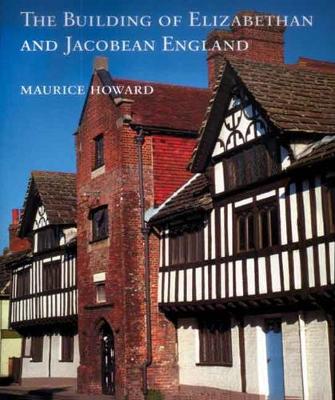Studies in British Art
1 total work
While the dissolution of the monasteries in the 1530s resulted in the destruction of much of England's built fabric, it was also a time in which many new initiatives emerged. In the following century, former monasteries were eventually adapted to a variety of uses: royal palaces and country houses, town halls and schools, almshouses and re-fashioned parish churches. In this beautiful and elegantly argued book, Maurice Howard reveals that changes of style in architecture emerged from the practical needs of construction and the self-image of major patrons in the revolutionary century between Reformation and Civil War.
